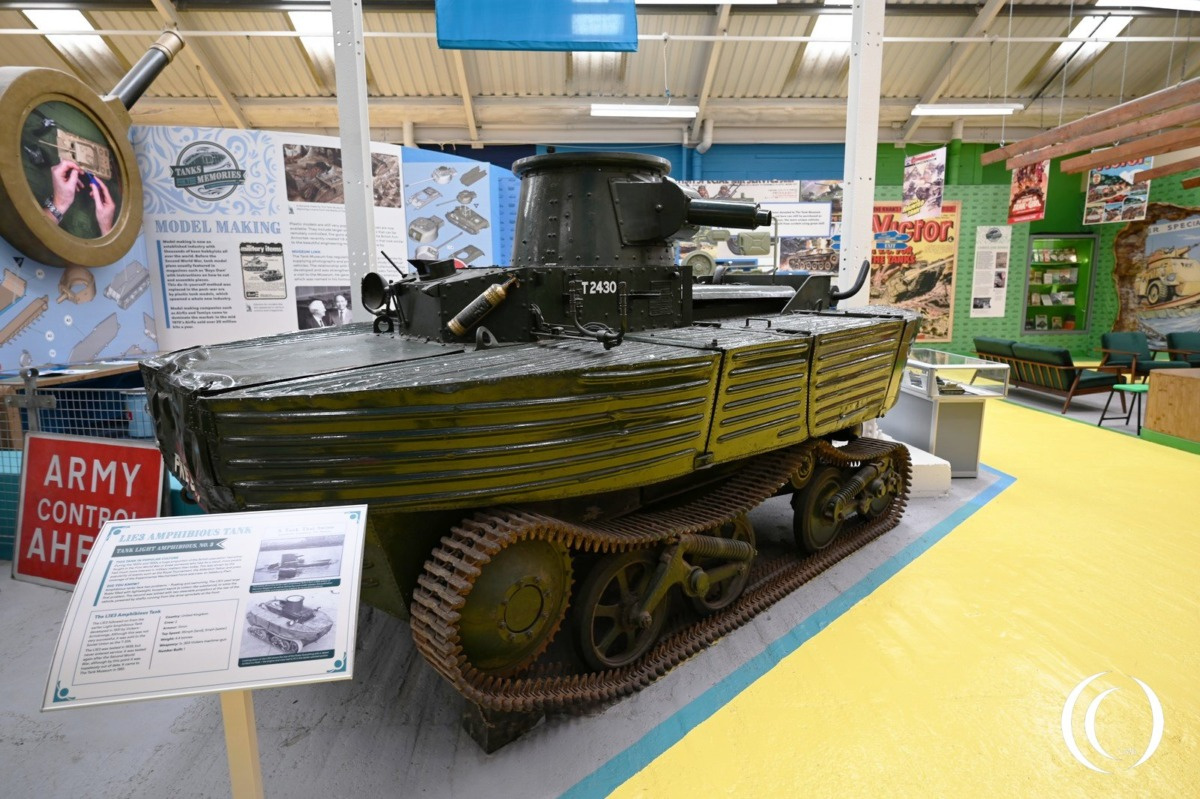
The sole survivor of the Vickers Amphibious Light Tank L1E3, also known as the A4E3, was an experimental British amphibious tank developed in 1939 by Vickers-Armstrongs. It was the final evolution of a series of amphibious light tanks built during the interwar period, intended to combine mobility across land and water with light reconnaissance and support capability.
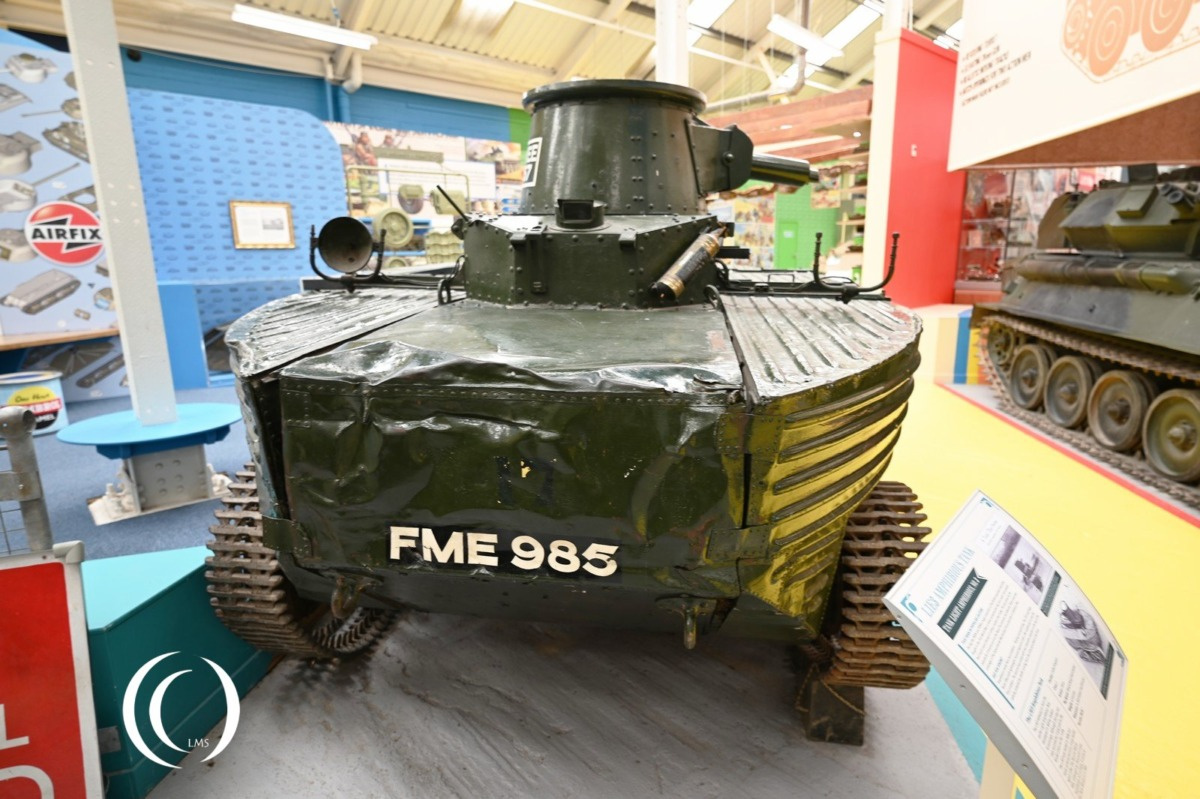
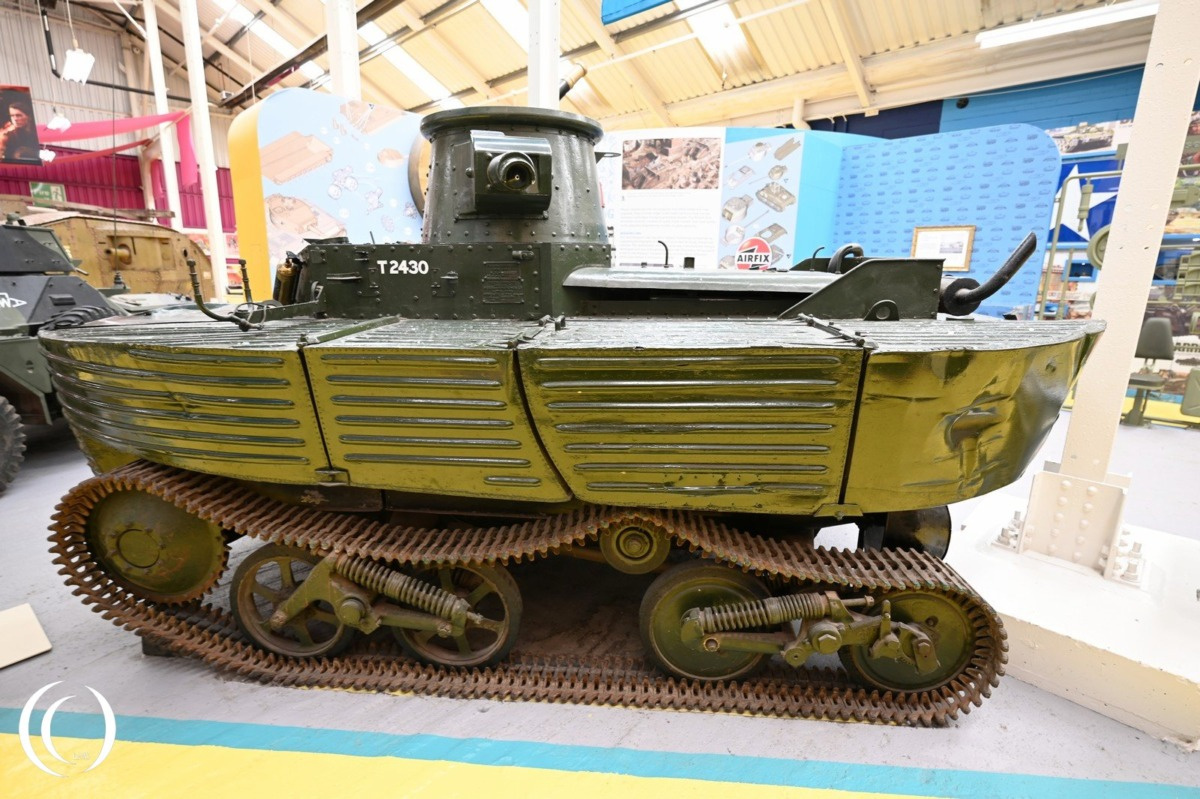
Technically, the L1E3 was a two-man vehicle, crewed by a driver and a commander/gunner. It was powered by a Meadows 6-cylinder petrol engine, generating approximately 88 horsepower, which allowed a maximum road speed of 51 km/h (32 mph). In water, propulsion was provided by two marine-style propellers mounted at the rear, each enclosed in shrouded ducts (Kort nozzles), giving it a top water speed of about 8 km/h (5 mph).
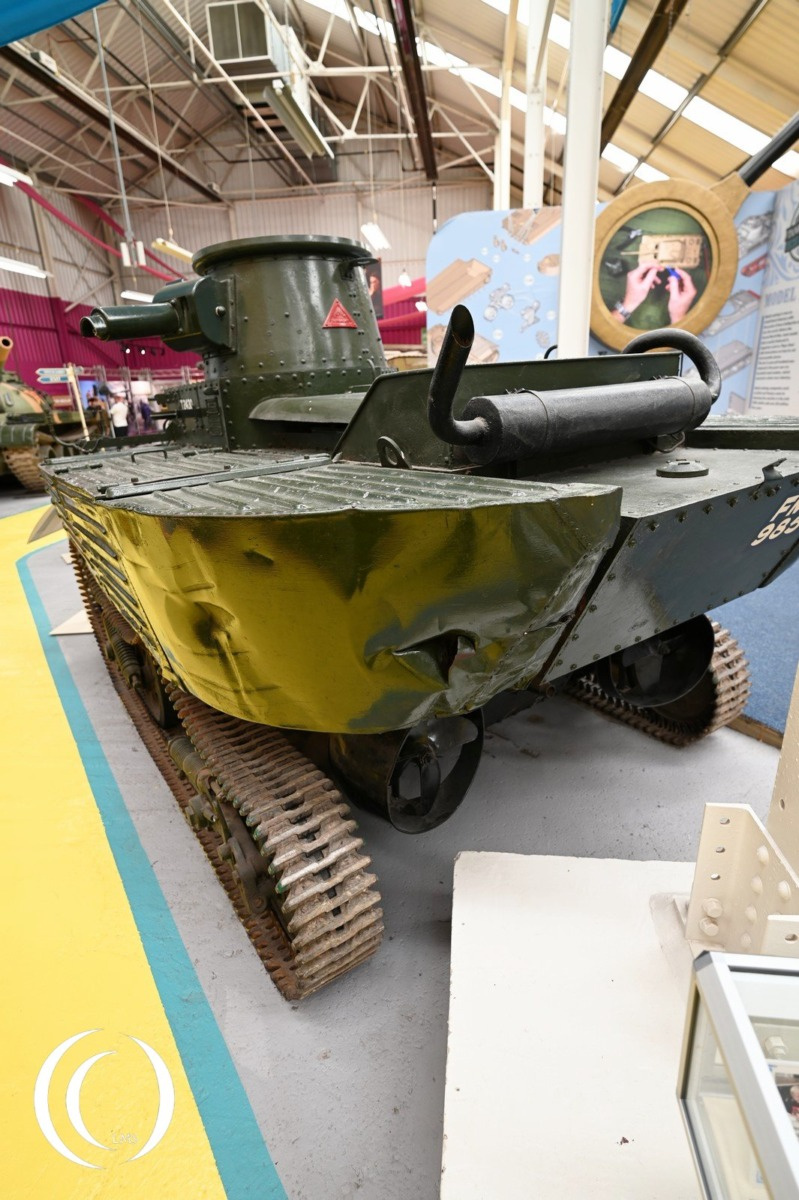
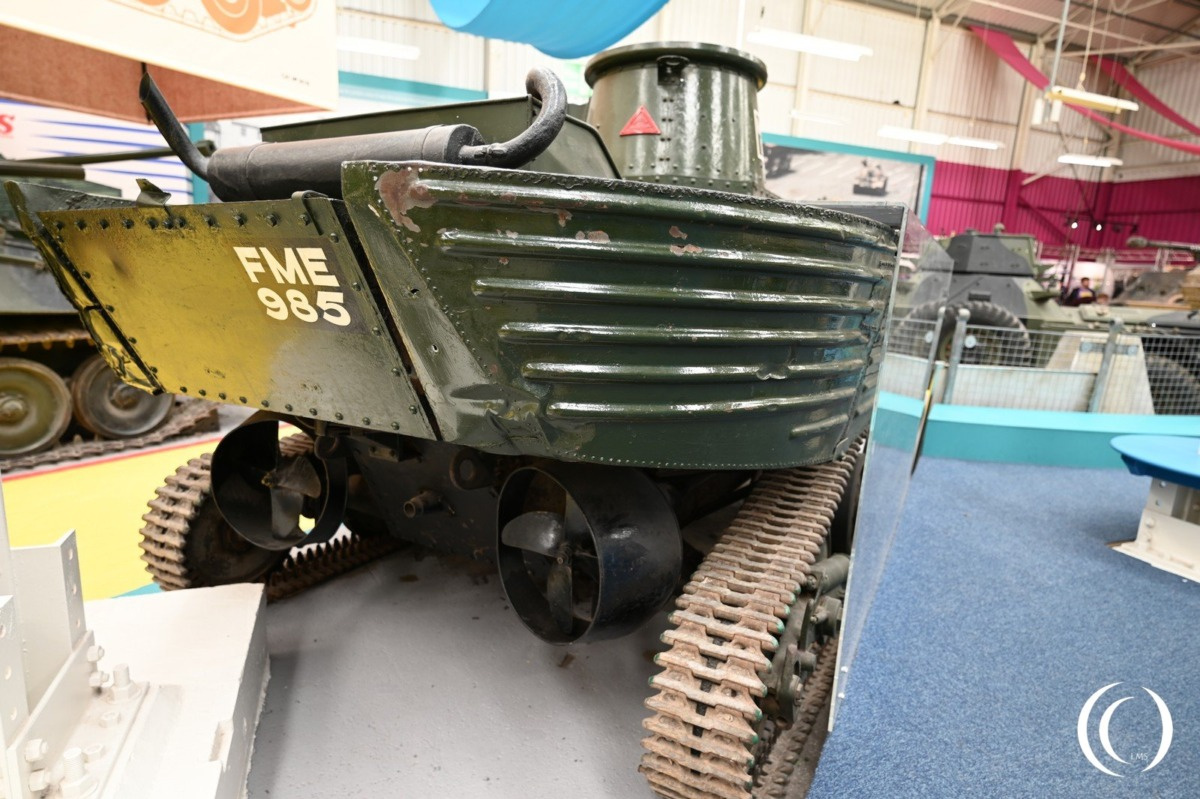
The L1E3 weighed approximately 4.3 tonnes and featured very light armor, with thicknesses of up to 11 mm. This light protection was a deliberate tradeoff to keep the tank buoyant. For flotation, the tank used aluminium sponsons filled with kapok, a naturally buoyant but highly flammable material. These sponsons were compartmentalized to prevent catastrophic flooding if one section was punctured. The road wheels were also sealed and hollow, contributing to overall buoyancy.
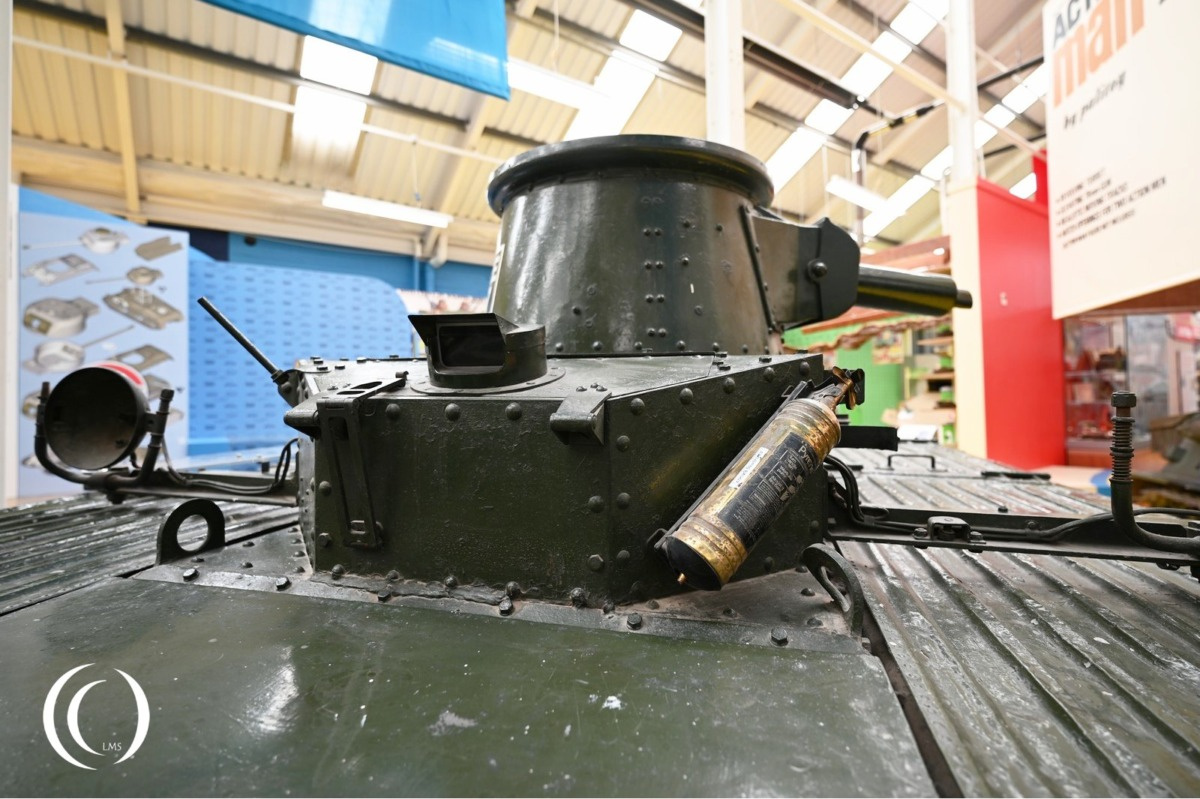
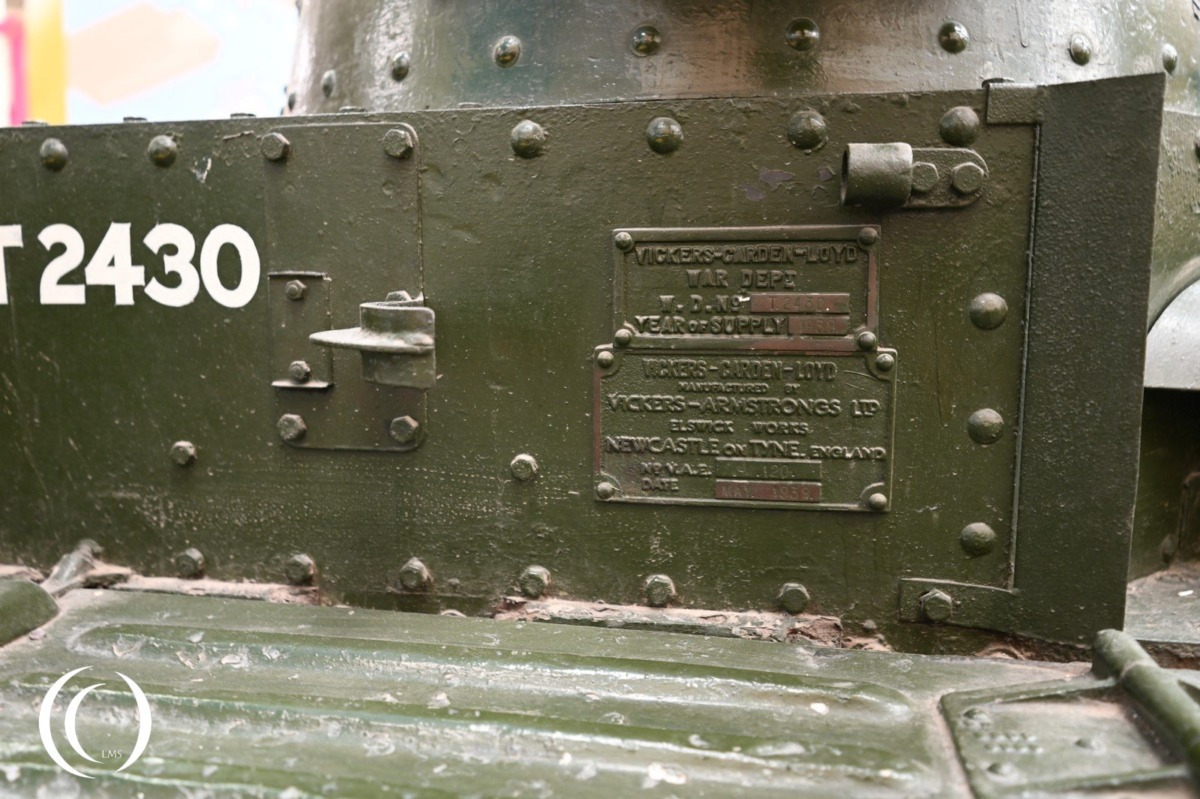
Its primary armament consisted of a single Vickers machine gun, typically chambered in .303 British, although some reports suggest a heavier .5 inch variant was tested. The gun was mounted in a small turret, which offered very limited protection and visibility. The hull featured a distinctive boat-like shape to assist in water maneuvering, with a sloped front to aid in climbing out of rivers or muddy banks.
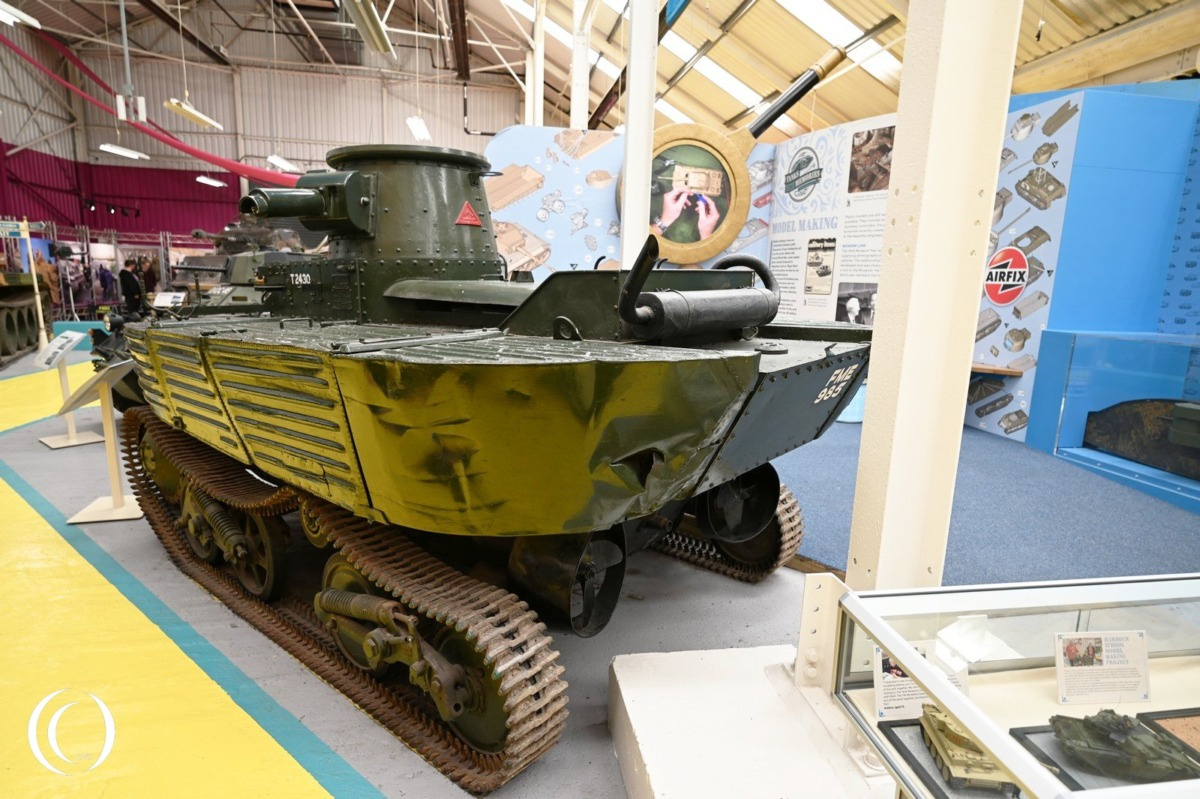
Despite its innovative design, the L1E3 suffered from major limitations. Its light armor left it vulnerable, and the kapok flotation posed a fire risk. It was also difficult to operate in adverse terrain, particularly when transitioning from water to soft ground. Only one prototype (serial number T2430, registration FME 985) was built, and it never entered service.
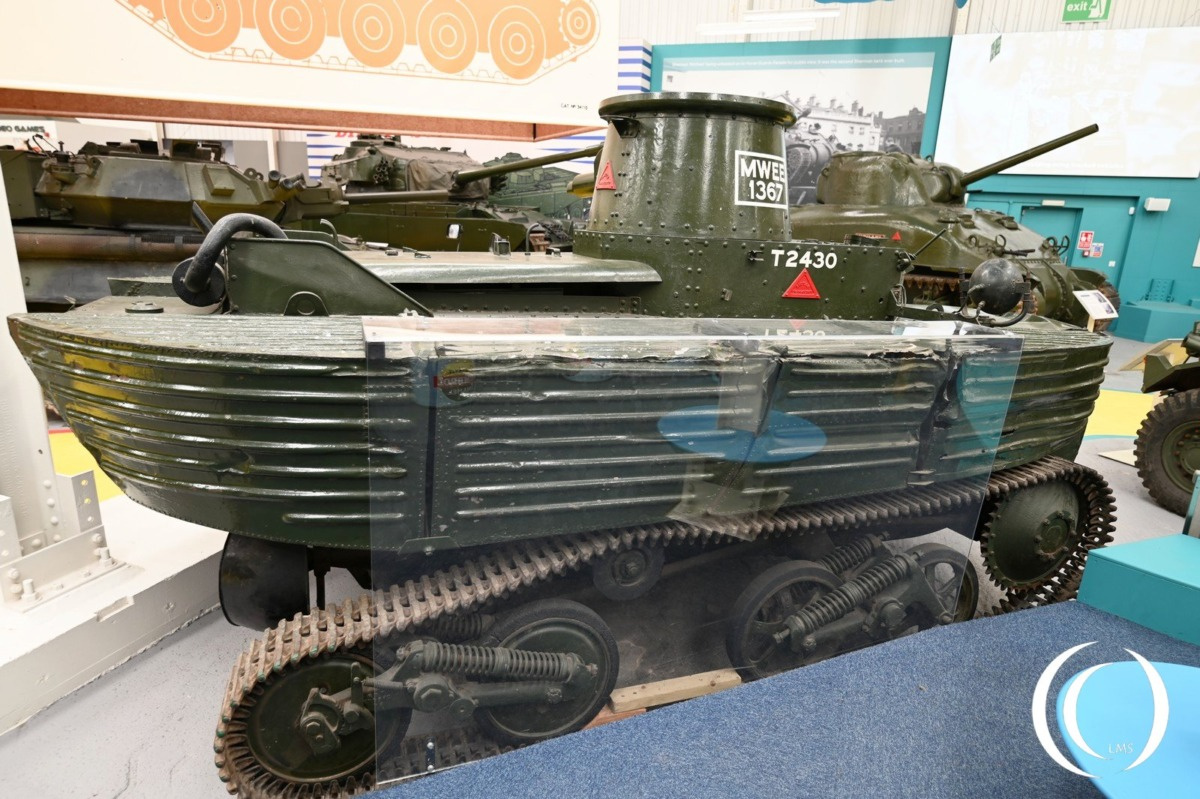
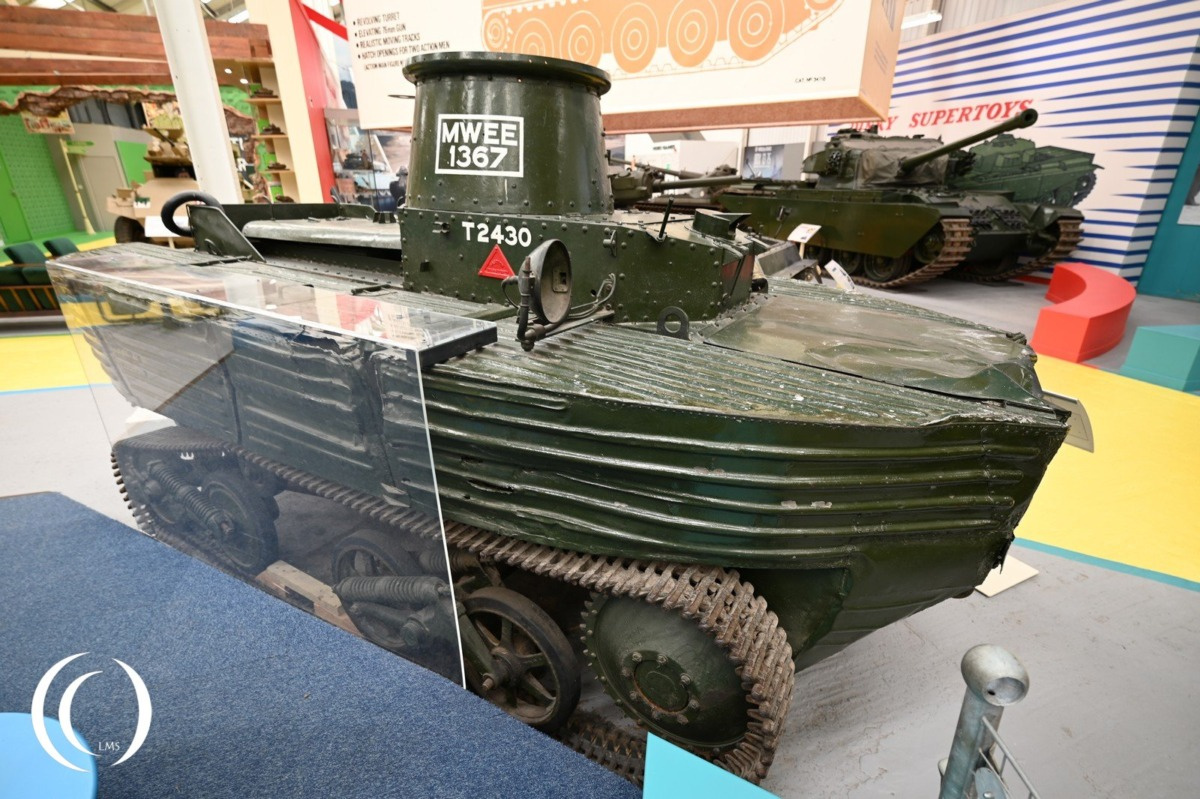
Today, the sole surviving L1E3 is preserved at the Bovington Tank Museum in the UK. While it never progressed beyond the prototype stage, it remains an interesting example of early amphibious tank development during a transitional period in armored warfare.